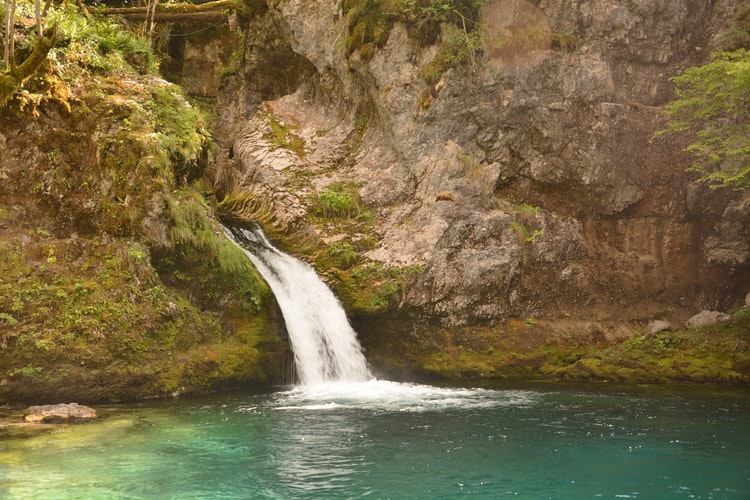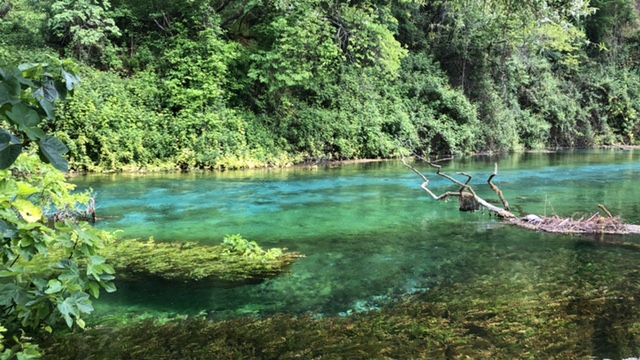7 Best Places to Visit in Albania
Albania is a misunderstood country with tons of misconceptions from the outside world. While many people think Albania is a backward, repressive, and chaotic country, that couldn’t be further from reality. Yes, Albania was a Communist nation for over four decades and isolated itself like modern-day North Korea. However, times have changed, and Albania is open for tourism.
And for Americans, Albania is among Europe’s most pro-America nations. If you don’t believe me, go around telling locals you’re from America and count how many times you speak to a relative in the United States on the phone or get offered free raki. Albanians are warm, hospitable people, and they made us feel right at home during our 2.5 weeks there.
This beautiful, underrated Balkan gem will soon explode on the tourism market. With untouched nature, ancient history, and excellent coffee culture, Albania will highlight any European tour. Here are my 7 best places to visit in Albania for an exciting vacation.
Sarandë Blue Eye
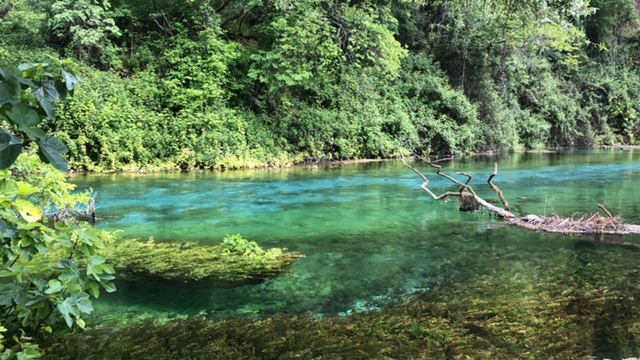
Just a 30-minute drive from Sarandë, the Blue Eye (Syri i Kaltër) is a water spring set within a verdant forest. The crystal-clear water and shades of turquoise amongst the dense foliage form a fairy-tale setting. Descending to over 50 meters, the Blue Eye pumps fresh water to the surface with unbelievable force. An underwater cave sits beneath the blue water and resembles the pupil of an eye, hence the nickname. While you can hire a taxi or rent a car, a minibus from Sarandë is the cheapest way to get there.


The Blue Eye is the source of the Bistricë River, and its crystalline waters flow into the Ionian Sea. While signs say no swimming, visitors often dive from a platform into the spring. Diving is dangerous since the water is freezing cold, and the intense water pressure can carry you downstream. The fast-flowing stream pulled one girl from the spring, and a friend rescued her.

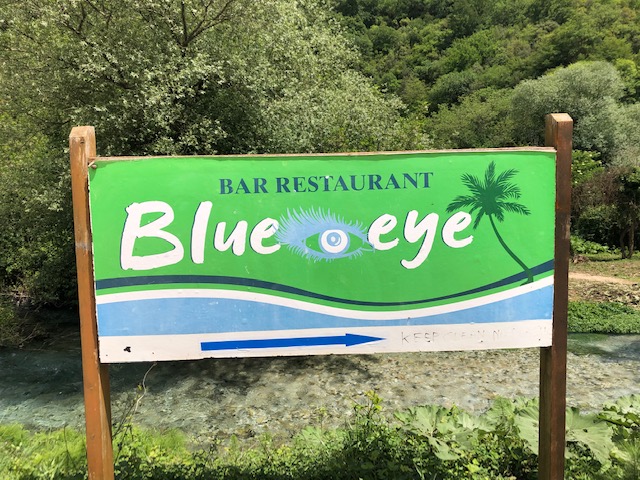




Restaurants, cabins, and gift shops sit along the paths and boardwalks for respite in this natural paradise. Find a secluded place to chill, and you may spot some wildlife amongst the oak and sycamore trees. While I sat beside the aquamarine water, a snake started swimming directly at me. The unbelievable clarity of the water helped me spot the slithering serpent from far away, and I found another hangout spot.
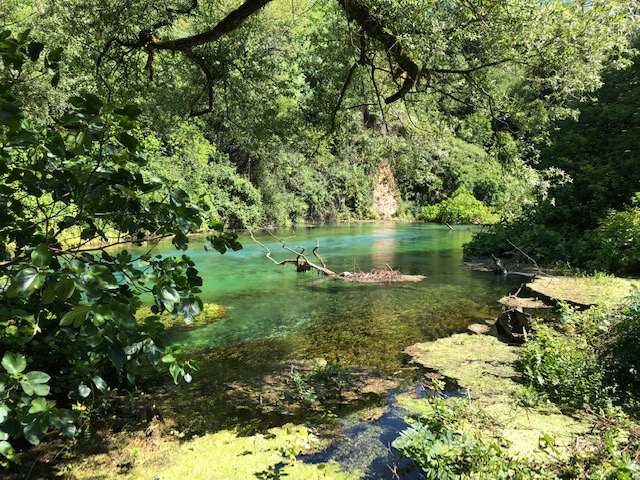




Ksamil


Located 14 km south of Sarandë on the Albanian Riviera, Ksamil is one of Europe’s most underrated beach destinations. With small, white-sand beaches, turquoise bays, and forested islands offshore, Ksamil is my favorite spot on the Albanian Rivera. The Greek island of Corfu sits opposite along a narrow channel, so your Ksamil beach holiday will mimic a Greek vacation. However, your money will go further lounging on the soft sands of its idyllic coves.




Each cove will have a restaurant or bar that lays out lounge chairs for its patrons. And if you don’t pack a lunch, grab some fresh-caught fish straight from the Ionian Sea. Many coves have platforms where beachgoers can dive straight into the chill waters and swim back to shore. You can also rent a kayak and paddle around the Ksamil Islands. While high season (July-August) can get busy, shoulder season offers a calmer vibe to find secluded spots around the village.



Butrint National Park
Just 4 km beyond Ksamil lies Butrint National Park, home to an ancient Greek and Roman city. Perhaps the most famous archaeological site in Albania, Butrint resembles ancient ruins found in Greece and Italy. Formerly called Buthrotum, the Epirote Greek tribe of the Chaonians were the original inhabitants of the area. According to legend, Helenus, son of King Priam of Troy, founded Buthrotum after the fall of Troy.




Buthrotum later became a Roman colony in 44 B.C., where it was home to veteran soldiers. Buthrotum greatly expanded during Roman rule, and many structures from this period stand today. Throughout its history, Buthrotum witnessed periods of Byzantine, Venetian, and Ottoman.
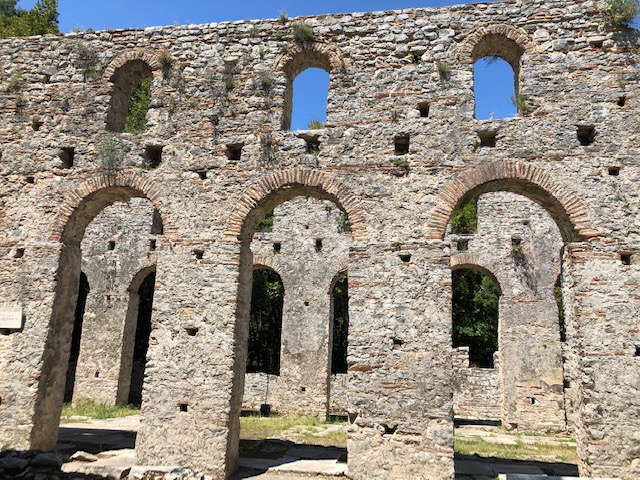

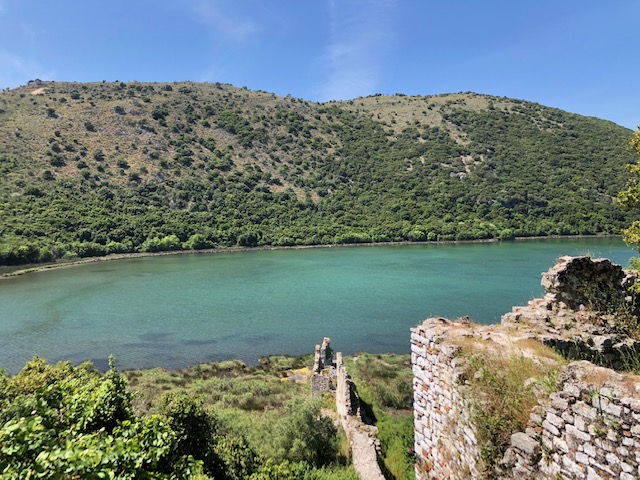

Some of the most preserved monuments of Butrint include the Roman theatre, the Great Basilica, Venetian Castle, Lion’s Gate, and baptistery. An archaeological museum beside the Venetian Castle tells Butrint’s incredible history and has artifacts found during past excavations. The natural environment of Butrint National Park is rich with marshlands, freshwater lakes, grasslands, coastal islands, and verdant forests. Butrint’s diverse ecosystem houses bottlenose dolphins, sea turtles, otters, red foxes, golden eagles, peregrine falcons, aesculapian snakes, and more.


Llogara Pass
Albania’s SH8 is among the best coastal drives anywhere in the world. Stretching along the Ionian and Adriatic coasts, the drive showcases the stunning beauty of Albania’s coastline. The star attraction and highest point of this road trip is the Llogara Pass at 1,043 meters. As you drive the serpentine highway, you rise into the clouds and face the Ceraunian Mountains.

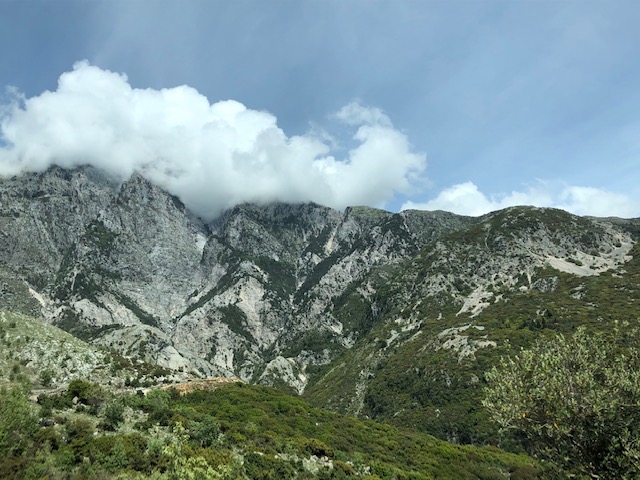



The twisting road has several pullouts to admire the epic scenery where the mountains meet the sea. Llogara National Park sits beside the pass and has thrilling paragliding departure points. The crisp mountain air, pine forests, and Ionian Coast vistas make Llogara a highlight of your Albania road trip. Llogara Pass has several restaurants that combine traditional Albanian cuisine with spectacular views.


Sarandë
Located on a horseshoe-shaped bay on the Ionian Sea, Sarandë is the tourism epicentre of the Albanian Riviera. The resort town comes to life during summer and hosts sun-worshippers searching for their beach paradise. While Sarandë features luxurious condos, pristine beaches, and fabulous seafood restaurants, it has sights for any traveler.

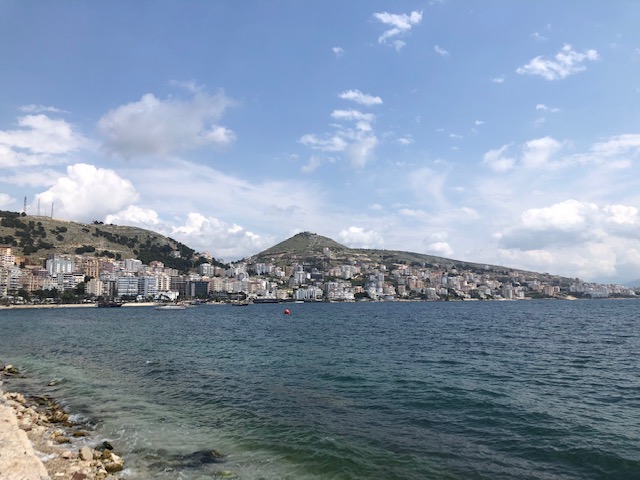


Rolling green hills adorned with olive groves contrast against the turquoise Ionian waters lapping against pebbled shores. For the best panoramic views of Sarandë, head to the hilltop Lëkurësi Castle that overlooks the seaside town. The medieval castle that once helped guard the strategic harbor now houses a restaurant. Wander the grounds castle grounds to find concrete bunkers dating to the Communist period.





Doubling as a bus stop, the Sarandë Synagogue ruins date to the 5th century A.D. and include elaborate Jewish mosaics. Also part of Sarandë’s ancient history is the Monastery of 40 Saints that overlooks the Ionian Sea. The Eastern Orthodox monastery was a major pilgrimage site of the region for centuries. And for wine connoisseurs, Shesh i Bardhë white wine from the nearby Delvinë District is an excellent choice.

Krujë
Just 30 km from the Albanian capital of Tirana, Krujë is dear to the hearts of Albanians. Krujë is Albania’s medieval capital and where national hero Skanderbeg defended the country from the invading Ottoman Turks. During the 15th century, the highly skilled military commander fended off multiple Ottoman sieges until his death in 1468. Krujë Castle is where Skanderbeg led the rebellion, and the medieval fortress remains a source of Albanian pride.



Krujë sits at the base of Mount Krujë at roughly 600 meters above sea level. From the castle, admire the glorious vistas overlooking Tirana, Durrës, and the Adriatic Sea. For authentic Albanian souvenirs, wander the cobblestone streets of the Old Bazaar. The vibrant marketplace features boutiques that sell silver jewelry, ceramics, leather goods, handcrafted fabrics, copper decorations, and national costumes.



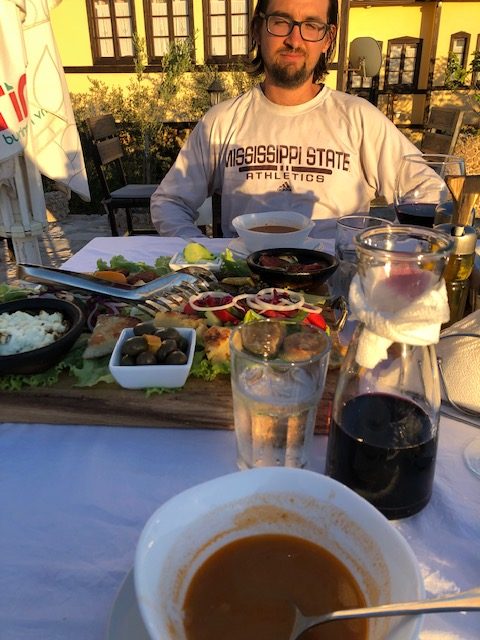

Inside Krujë Castle, the Skanderbeg National Museum is regarded by many as Albania’s most important museum. Exhibits present the proudest moments of Albanian history and showcase the chronicles of their national hero. The museum also includes a replica of Skanderbeg’s sword and horned goat’s head helmet. Vienna’s Kunsthistorisches Museum holds the authentic items due to Skanderbeg’s wife taking them to Italy upon his death and their passing to numerous noblemen.


During our stay in Krujë, we slept beside the castle at the base of Mount Krujë. The host family prepared a sunset dinner for us with a picturesque setting overlooking the beautiful landscape. And with views of rocky peaks from the bedroom, it was a romantic stay for couples.

Theth
I must admit something before I begin. During our trip, we didn’t get the opportunity to venture to Theth. Snow blocked the road leading to the magical alpine village in May. Theth was the top destination on my Balkan bucket list, and the news disappointed me. Whenever we return to Albania, Theth is stop #1 for our next trip.
Located in the Albanian Alps, Theth is a mountain lover’s fantasy with rugged landscapes and epic hikes. To reach the village, you can rent a 4×4 vehicle or take a 3-hour minibus ride from Shkodër. Urban life fades into oblivion as the road winds deep into the Accursed Mountains. While exploring the northern reaches of Albania, it’s easy to confuse them with the Swiss Alps. The highlights of the remote village include the 19th-century church, Kulla “blood feud” Tower, and Theth Waterfall.

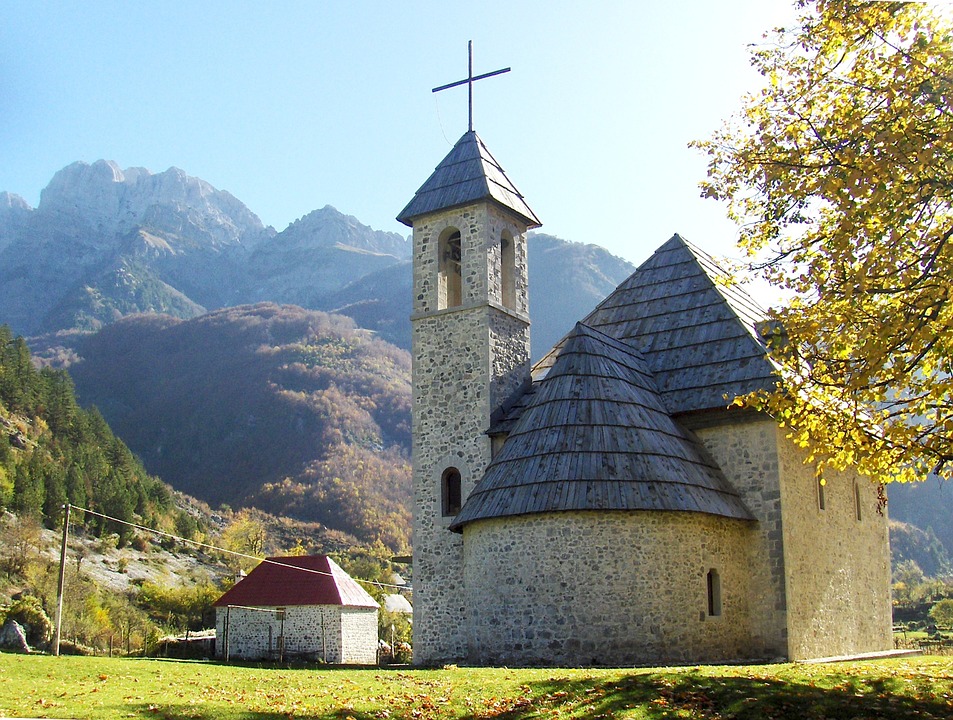


But if you’re an avid hiker like myself, the highlight is the adjacent Theth National Park. The park features the Shala Valley, granite peaks, karst formations, verdant forests, and crystal-clear rivers. No hiker should miss the breathtaking Theth to Valbona hike that courses through the 1,795-meter Valbona Pass. During your time in Theth, don’t miss the beautiful trek to the Theth Blue Eye. And for another must-do activity in Northern Albania, ride the 2.5-hour Komani Lake Ferry that connects Koman and Fierze.

